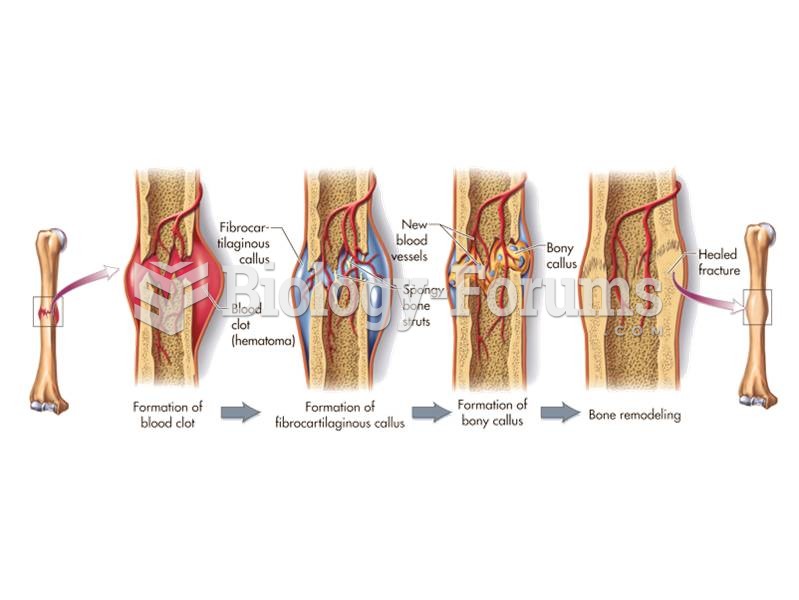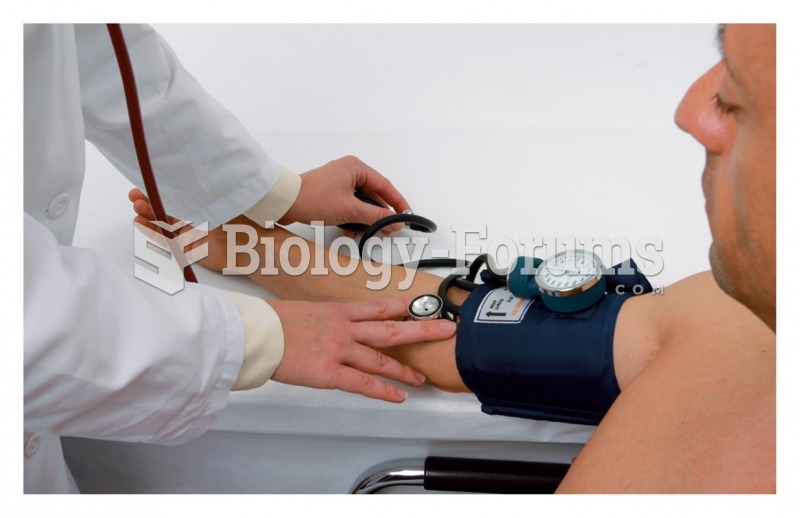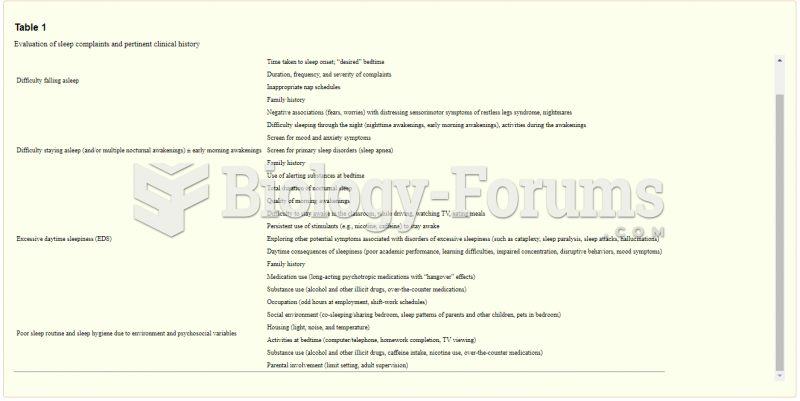|
|
|
The Romans did not use numerals to indicate fractions but instead used words to indicate parts of a whole.
More than 30% of American adults, and about 12% of children utilize health care approaches that were developed outside of conventional medicine.
Cocaine was isolated in 1860 and first used as a local anesthetic in 1884. Its first clinical use was by Sigmund Freud to wean a patient from morphine addiction. The fictional character Sherlock Holmes was supposed to be addicted to cocaine by injection.
Prostaglandins were first isolated from human semen in Sweden in the 1930s. They were so named because the researcher thought that they came from the prostate gland. In fact, prostaglandins exist and are synthesized in almost every cell of the body.
The average human gut is home to perhaps 500 to 1,000 different species of bacteria.







